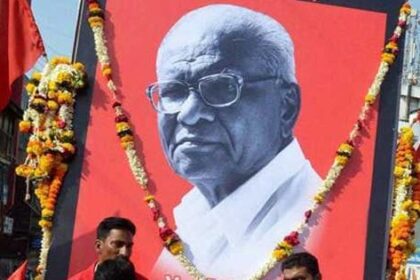Exploring how colonial powers shaped perceptions of gender and sexual identity in India.
Historical narratives often overlook the complexities of gender and sexuality in colonial India, particularly how British colonialism criminalized those who were sexually agentive and queer. The documentations from that era reveal that women, especially from elite Hindu castes, engaged in practices that defied contemporary gender norms. For instance, Hindu girls known as basivis were recorded in the 1890s wearing male clothing and enjoying male privileges. This is a reflection of an alternative identity as women petitioned European magistrates to be recognized as men, highlighting a form of self-identification that challenged the rigid gender binary.
Colonial documents, such as petitions found in the Castes and Tribes in Southern India, illustrate these women’s desires for agency. One petition notes a young woman expressing her intent to become a Basavi, seeking permission to be ‘stamped’ by her guru according to her community’s customs. This practice was not isolated to elite circles; it also resonated within subaltern communities, where cross-dressing and gender nonconformity were more prevalent. Such practices suggest a rich history of gender fluidity that was actively suppressed by both Brahmanical patriarchy and colonial rule.
Figures like Commander Kuyili and Jhalkari Bai embody this historical resistance. Kuyili, a daughter of a cobbler, led Queen Velu Nachiyar’s army against the British in 1780, making her a significant figure in India’s struggle for freedom. Similarly, Jhalkari Bai, from the Kori community, fought valiantly during the Revolt of 1857, yet their contributions have largely been erased from mainstream historical accounts due to their lower caste status. The narratives constructed by nationalist movements and colonial powers failed to recognize their heroism and instead framed them within a victim narrative, which aligned with their patriarchal views.
The British colonial administration was particularly suspicious of women who defied gender norms, often associating their behavior with prostitution. Military reports from the period frequently noted groups of ‘cross-dressing’ women near cantonments, reflecting a colonial perspective that misconstrued their actions. Rather than recognizing these women’s expressions of gender and sexuality, British officials framed them as deviant, attempting to impose their own moral standards onto Indian society.
Despite this repression, stories of androgynous women and their martial prowess persisted in folktales across the subcontinent. These narratives highlight the existence of women who led armies and challenged patriarchal norms long before colonial influence reshaped societal expectations. As the Victorian ideals of respectability took hold, many of these stories faded from collective memory, erasing the rich tapestry of gender fluidity and female empowerment that once flourished.
In contemporary discussions about gender and sexuality in India, it is essential to acknowledge the historical context that shaped these identities. The erasure of queer histories and the criminalization of sexual fluidity have had lasting implications. Recognizing the contributions of these historical figures not only honors their legacy but also provides a foundation for understanding the ongoing struggles for gender and sexual rights in modern India.








